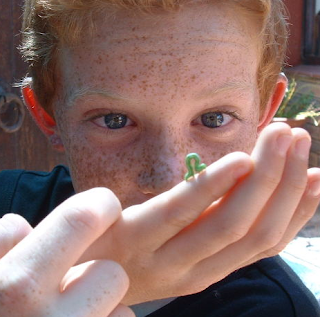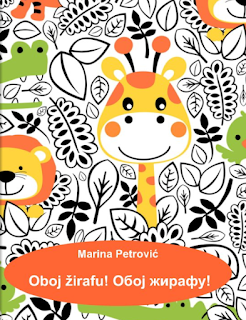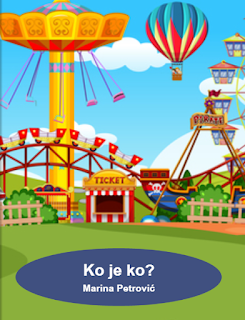In order to the following exercise easily, I'd suggest you flick through the previous posts on the topic of the Dative case in Serbian:
Now that you feel more confident about the form and usage, let's try to do two exercises:
- try to figure out how adjectives agree with a noun in Dative (what are the endings)
- you can listen to the instructions and repeat the same phrases only with the pronouns in this case (Sg. njemu -mu (masc), njoj-joj (fem.) or Pl. njima-im)

.png)















